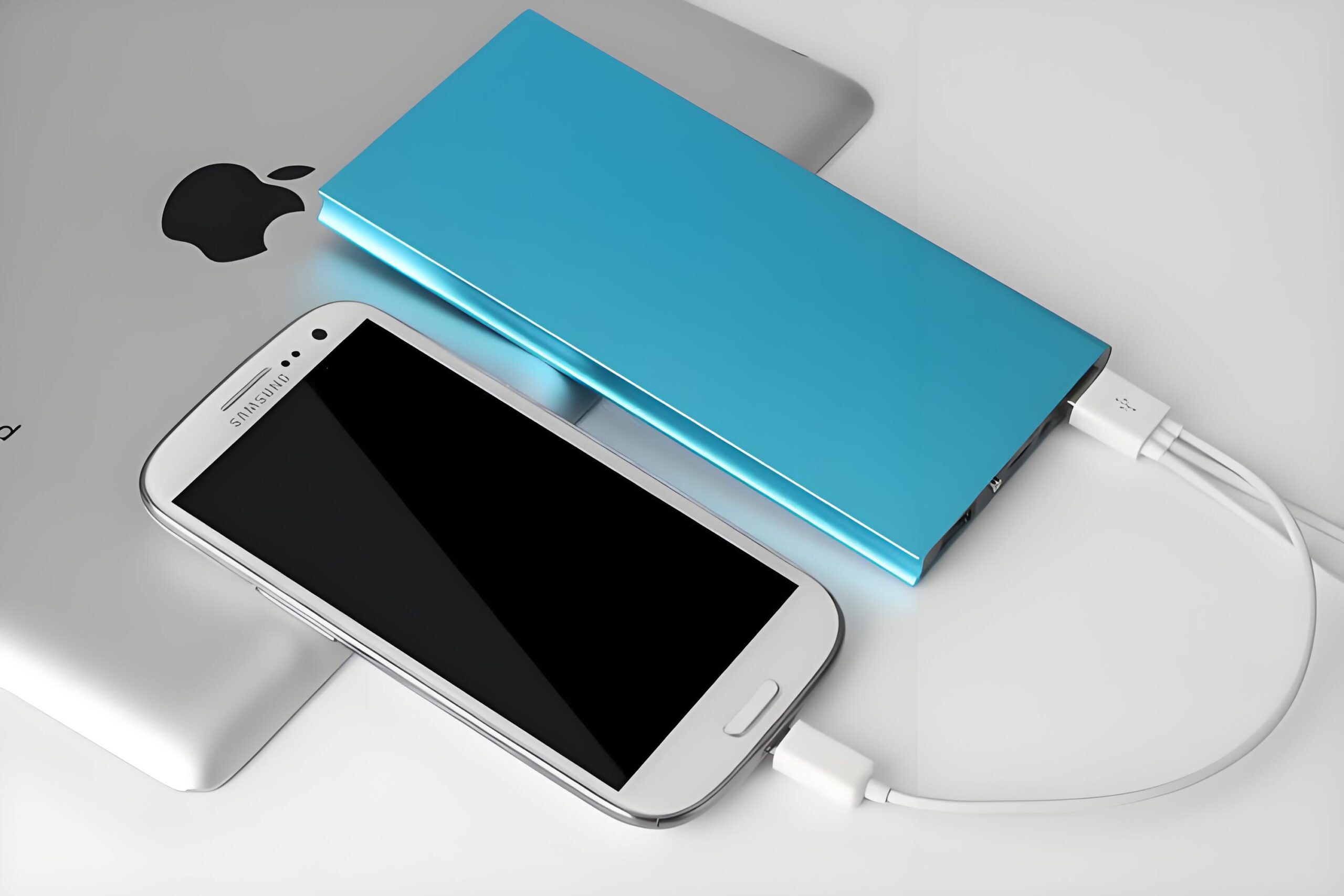How do you turn off the light on the power bank? Here is a simple and practical method
1. Use the button to turn off the light
Most power banks are designed with a power display and one or more lights to indicate the charging status and power level. Some power banks are also equipped with LED flashlights, which can be turned on or off by long pressing or double-clicking the button.
If your power bank has a flashlight function, you can turn off the light by long pressing or double-clicking the button. However, the specific operation method of each power bank may be different. You can find relevant information in the manual or the official website of the manufacturer.
2. Cover the light port
If your power bank does not have a flashlight function, the method of turning off the light is relatively simple. You can use some simple props to cover the light port on the power bank.
For example, you can use an opaque tape or sticker to cover the light port on the power bank to achieve the effect of turning off the light. In addition, you can also use some relatively thick small objects such as electrical appliance bags or school bags to completely wrap the power bank to block the light.
It should be remembered that when using the method of covering the light port, make sure that the power bank is charged normally and that covering the light port does not affect the charging effect.
3. What type of lithium battery does the power bank use?
Types of lithium batteries used in power banks
Power banks use lithium-ion batteries, which are universal charger lithium batteries. There are many types of lithium batteries, mainly divided into three types: cobalt-acid lithium batteries, ternary lithium batteries, and iron-lithium batteries. Among them, power banks mostly use cobalt-acid lithium batteries or ternary lithium batteries.
Cobalt-acid lithium batteries

Cobalt-acid lithium batteries
Cobalt-acid lithium batteries are one of the earliest lithium-ion batteries used. They have the advantages of small size and lightweight and are ideal for making power banks with more compact shapes. However, cobalt-acid lithium batteries have a short lifespan and are prone to battery short circuits, battery explosions, and other dangers.
Ternary lithium batteries

Ternary lithium batteries
Compared with cobalt-acid lithium batteries, ternary lithium batteries are safer, more environmentally friendly, have a longer lifespan, and have a smaller internal impedance, making them more suitable for high-end power banks. At the same time, ternary lithium batteries have a high energy density and are more economical than cobalt-acid lithium batteries.
4.Power bank purchase and use suggestions
Purchase suggestions
Because the safety and environmental protection of cobalt-acid lithium batteries are lower than those of ternary lithium batteries, it is recommended to buy power banks with ternary lithium batteries. At the same time, you should also pay attention to choosing products from regular brands to ensure product quality and safety. The battery cell of a power bank is a group of batteries. There are two main types of battery cells used in power banks on the current market, one is the 18650 lithium-ion battery cell, and the other is the lithium polymer battery cell. The two are easy to distinguish in appearance. The 18650 battery cell is cylindrical, and the lithium polymer battery cell is generally a square soft pack type. The 18650 battery cell has the advantages of mature technology, wide application range, and small size. However, the cycle life is about 300 times, the safety performance is low, the overcharge resistance is poor, and it is unsuitable for high-rate charging and discharging. Lithium polymer batteries have the advantages of volume diversity, a very wide range of use, not easy to explode, and a high safety factor, but the price is high, the environment is polluted after disposal, and the high current charging and discharging performance is weak.
Usage suggestions
When using a power bank, pay attention to the following points:
(1) Do not overcharge or over-discharge;
(2) Use the original charger and do not use an inappropriate charger;
(3) Do not overheat or overuse the power bank;
(4) Do not damage the power bank by impact, squeezing, or puncture.


